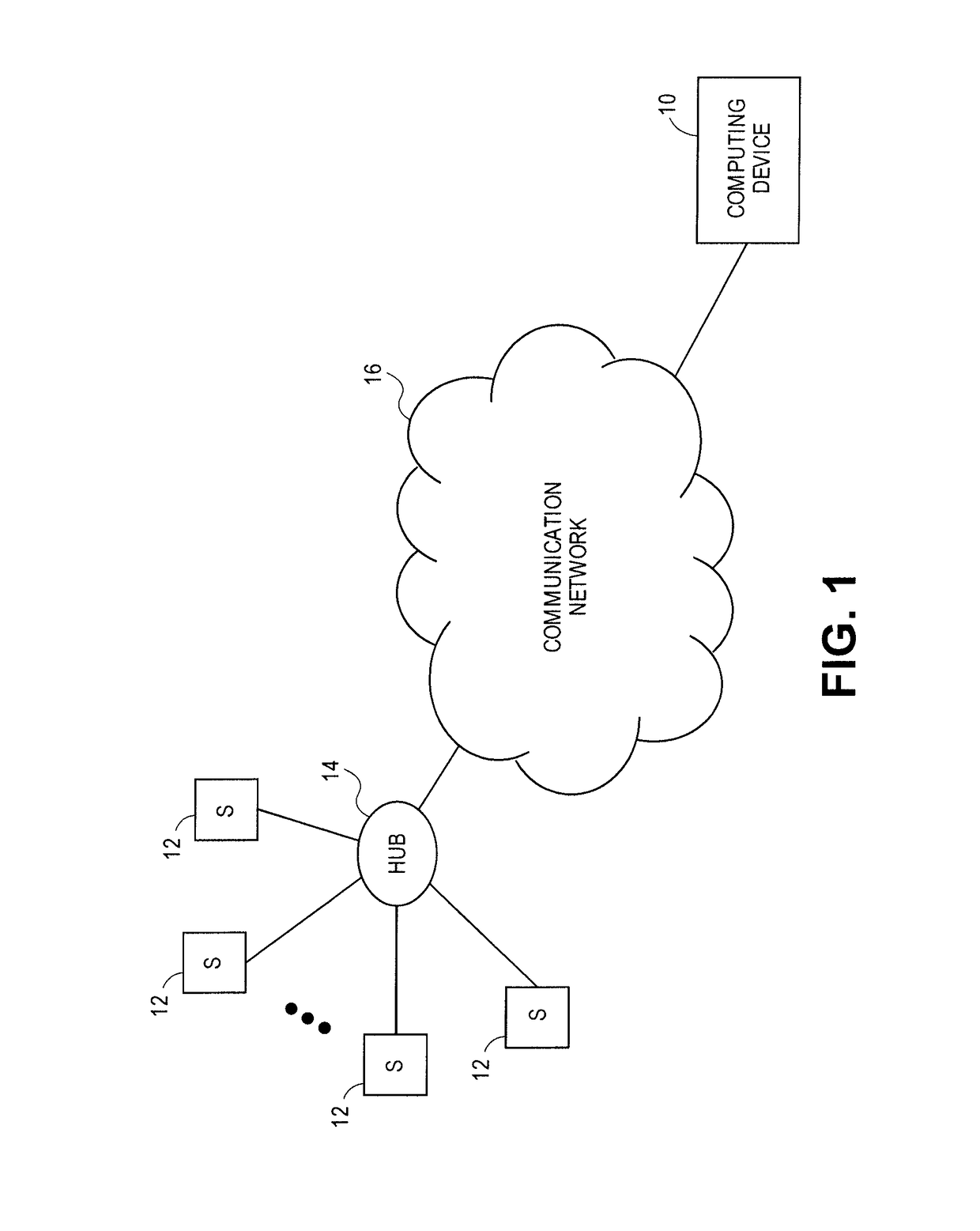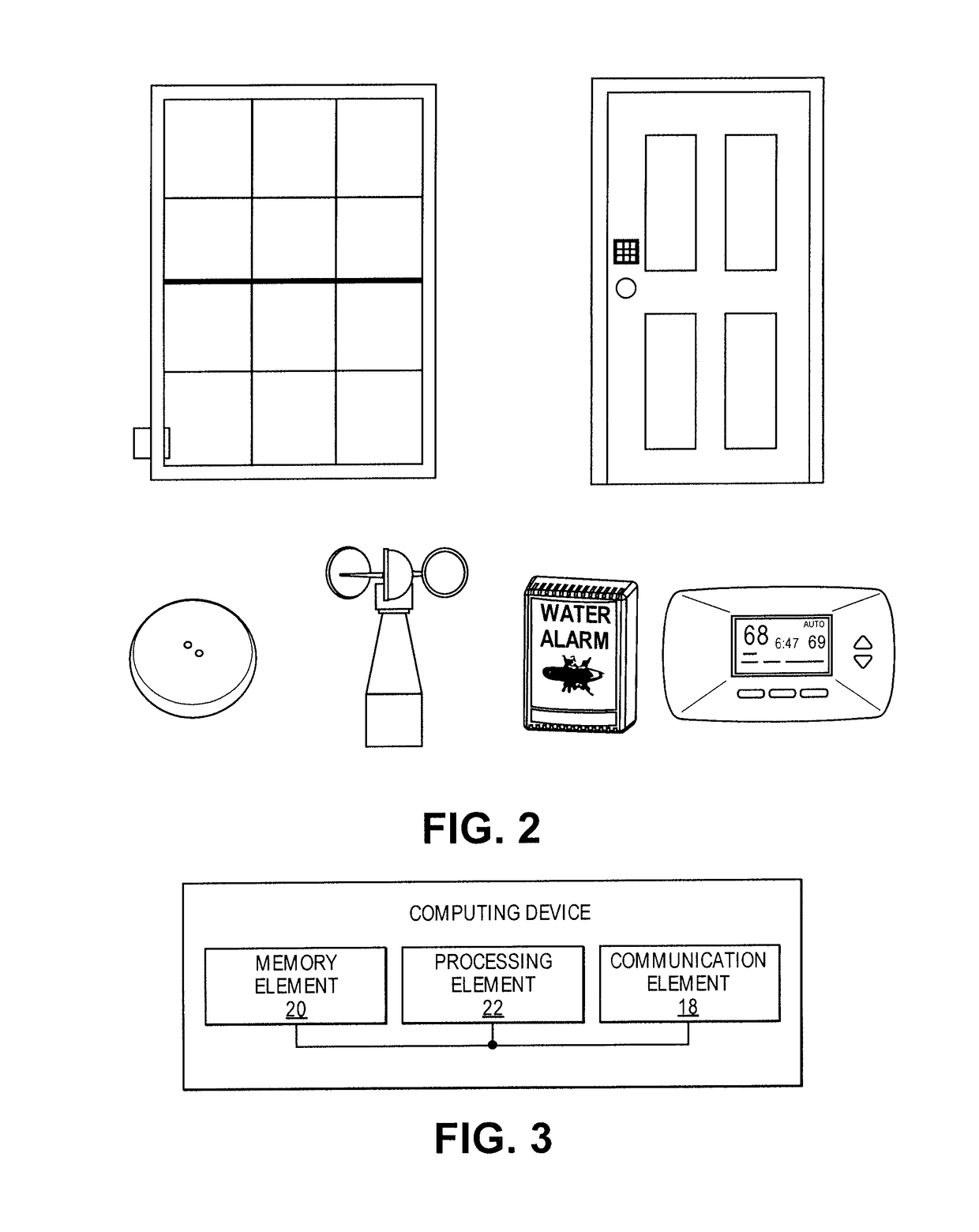Sensor data to identify catastrophe areas
a technology of sensor data and catastrophe areas, applied in the field of use, can solve the problems of not being able to optimize other uses, public infrastructure may be underfunded, underlying data gathered by public systems may not be made publically available in a useful format, etc., to improve the efficiency and accuracy of remedial response, improve data clarity, and improve event detection and tracking
- Summary
- Abstract
- Description
- Claims
- Application Information
AI Technical Summary
Benefits of technology
Problems solved by technology
Method used
Image
Examples
Embodiment Construction
[0015]The present embodiments described in this patent application and other possible embodiments address a computer-centric challenge or problem with a solution that is necessarily rooted in computer technology and may relate to, inter alia, devices and methods for tracking and / or generating automated responses to a catastrophic event using a remote sensor network. A plurality of sensors may be installed in and around a homeowner's house. The sensors may include motion and / or glass break detectors, contact sensors, door lock keypads, thermostats, security systems, anemometers, barometric pressure sensors, water sensors, air and / or water pollution detectors, and the like. The sensors may record data regarding the status of the house—such as glass breaks, electrical outages and / or other structural happenings, or the presence of water / flooding and / or other internal conditions—and / or physical measurements of external weather conditions and air and / or water pollution. In some embodiment...
PUM
 Login to View More
Login to View More Abstract
Description
Claims
Application Information
 Login to View More
Login to View More - R&D
- Intellectual Property
- Life Sciences
- Materials
- Tech Scout
- Unparalleled Data Quality
- Higher Quality Content
- 60% Fewer Hallucinations
Browse by: Latest US Patents, China's latest patents, Technical Efficacy Thesaurus, Application Domain, Technology Topic, Popular Technical Reports.
© 2025 PatSnap. All rights reserved.Legal|Privacy policy|Modern Slavery Act Transparency Statement|Sitemap|About US| Contact US: help@patsnap.com



